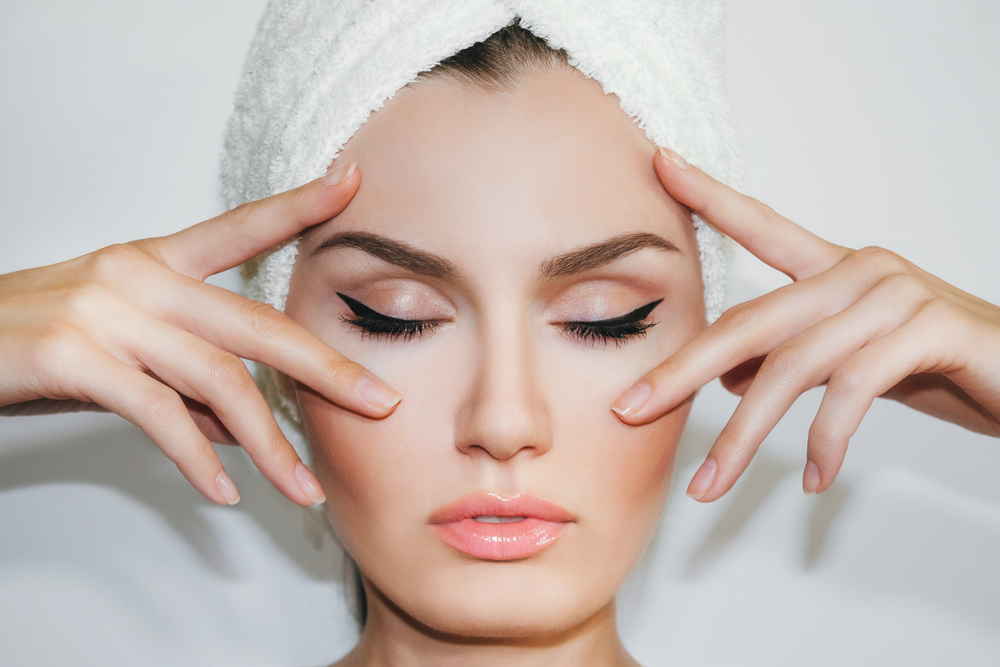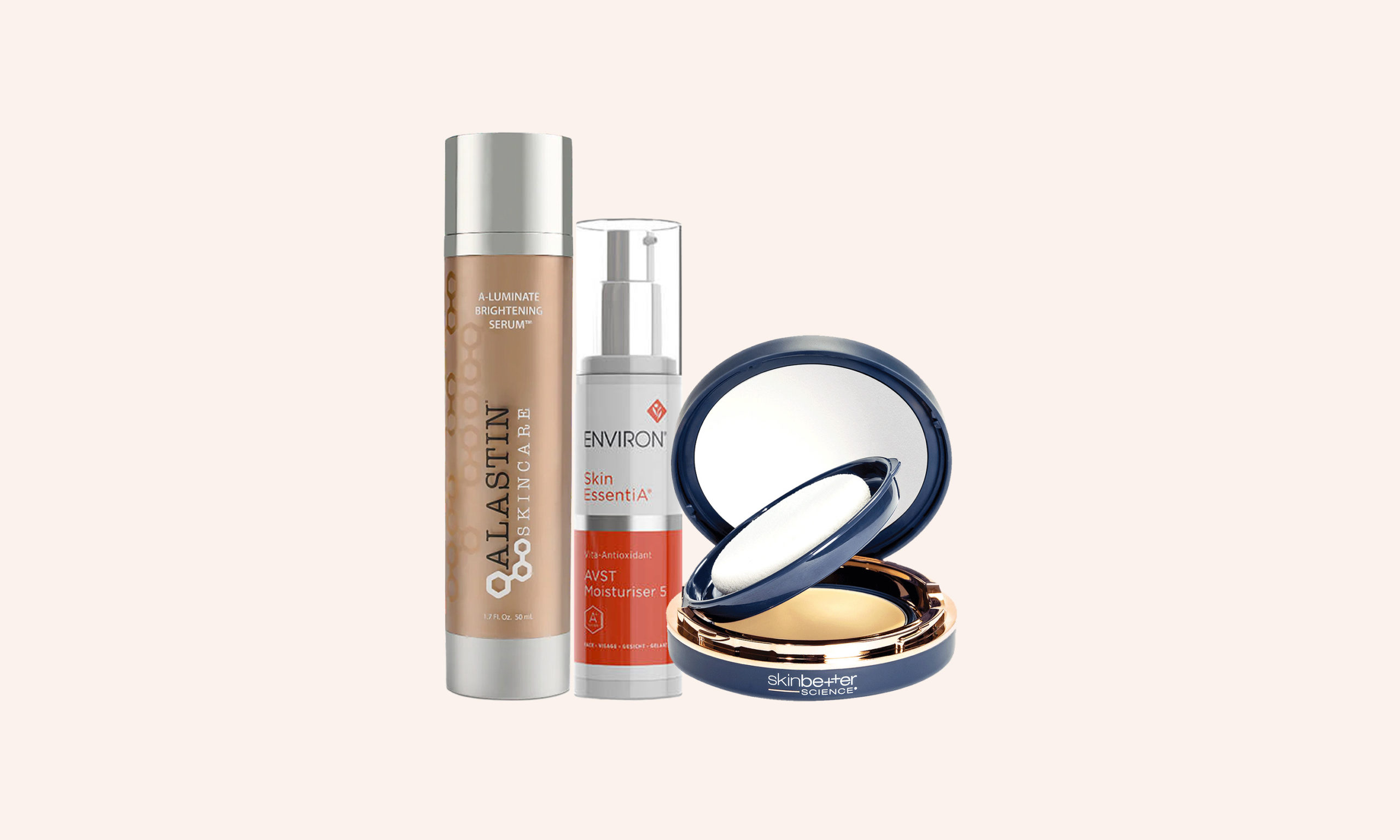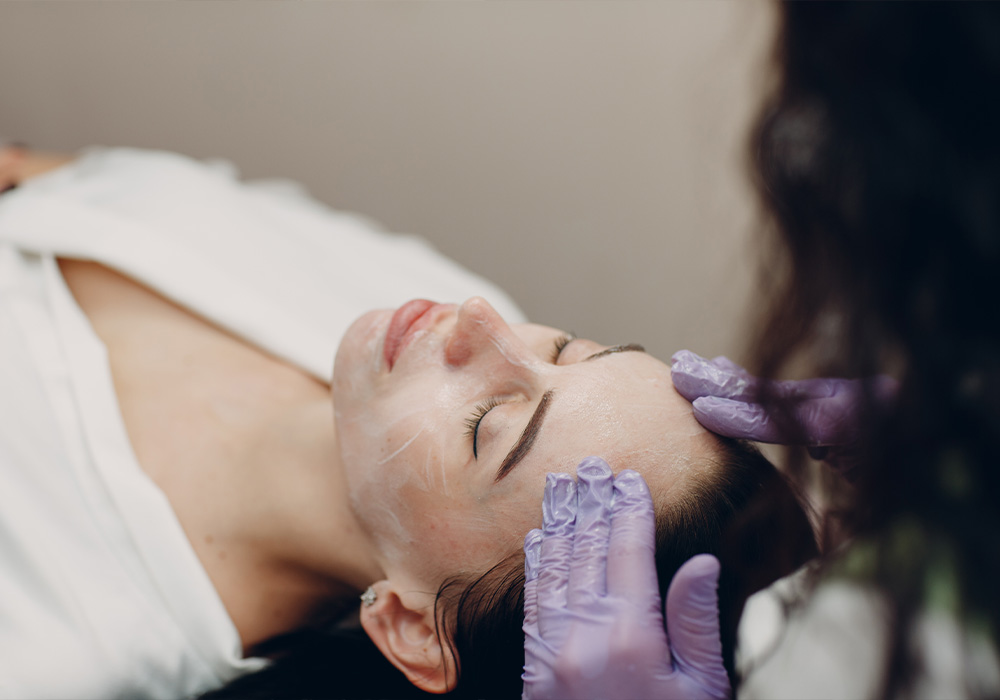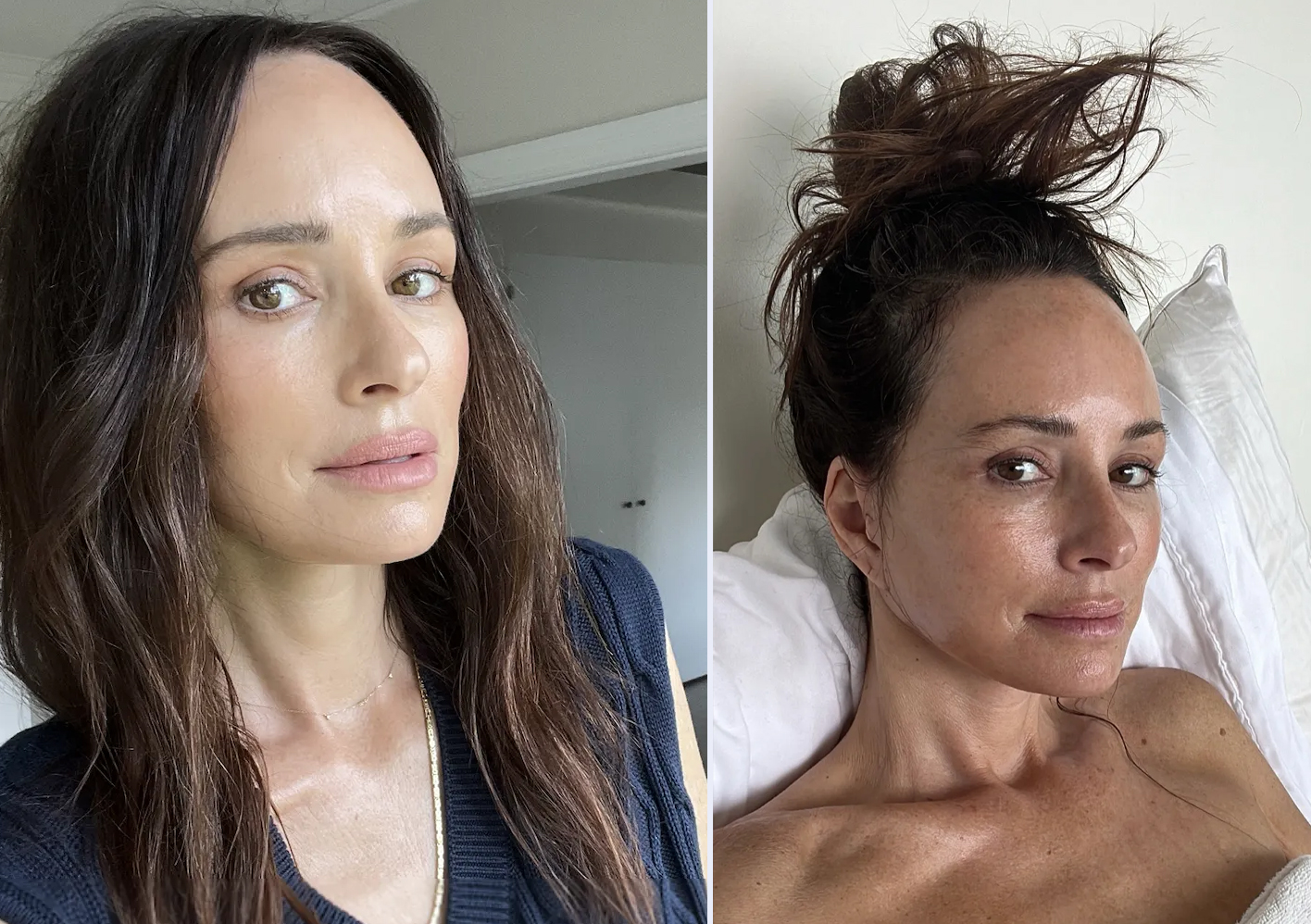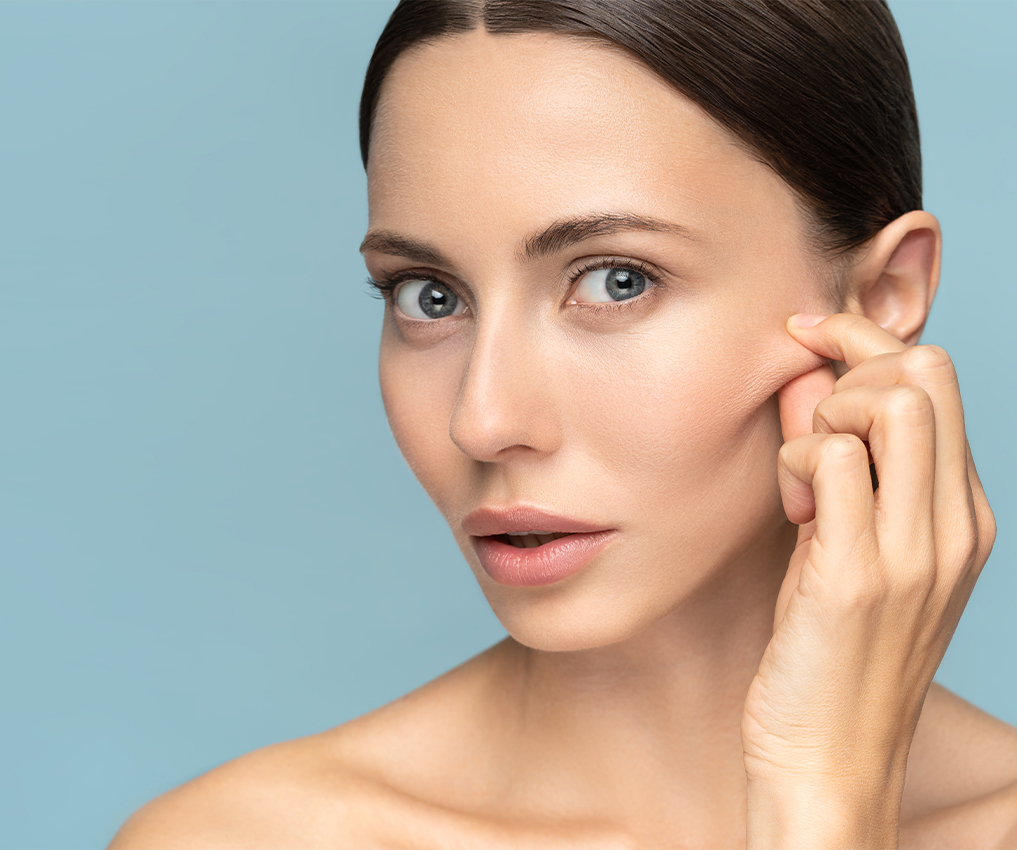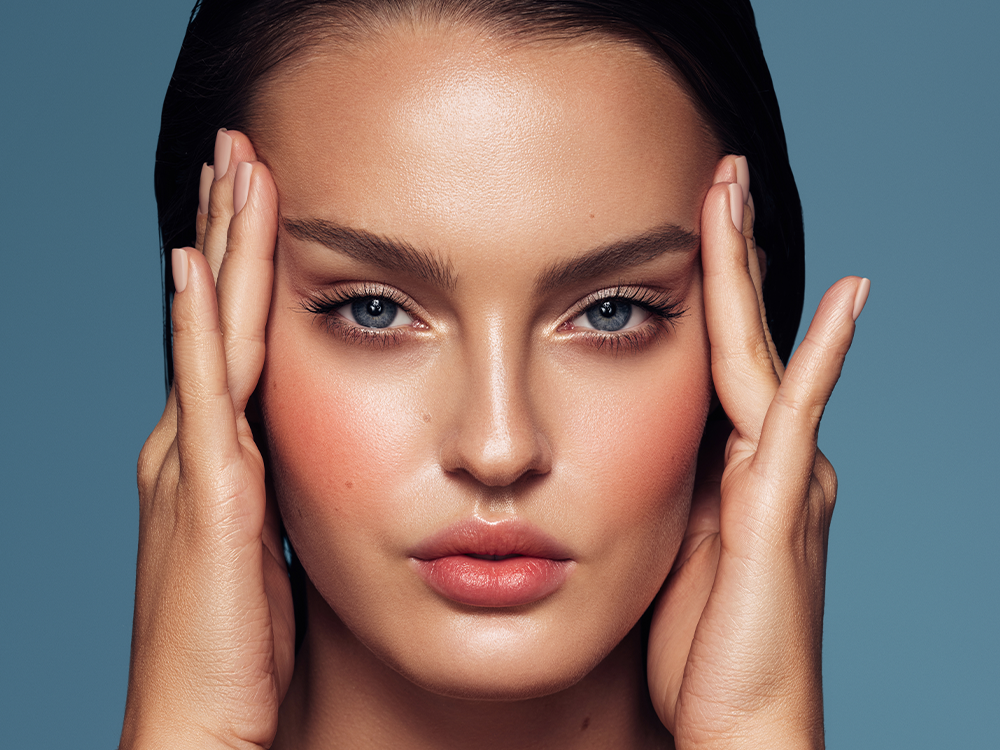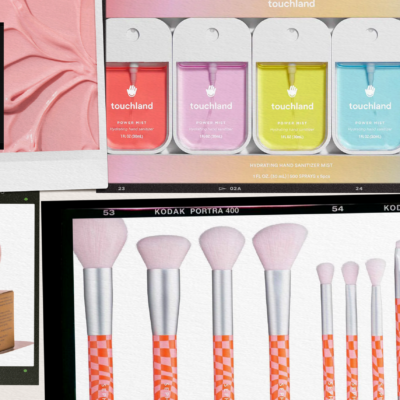There’s a new (or newish) option for lifting and tightening sagging facial skin without going under the knife. Late last year, the FDA approved a new variation of a once-popular procedure, called a thread lift, making the use of temporary, absorbable sutures a viable option for those who want to achieve similar results of a traditional facelift without the surgery or downtime.
You May Also Like: What to Know Before Getting a Facelift
The original thread lift came out in the late ’90s and was performed up until the mid 2000s. The procedure fell out of favor about 10 years ago, but two recent options utilizing new technology, Nova Threads and the Silhouette Instalift, are bringing the thread lift back into the spotlight. While the sudden resurgence of the thread lift (sometimes referred to as a “lunchtime lift”) may be perplexing for some, doctors who are performing this noninvasive procedure say that the newer technology and the fact that it can be done in an hour are two big reasons that procedure is coming back into popularity as a facelift alternative.
How Does a Thread Lift Work?
A thread lift is exactly what it sounds like. “Using absorbable sutures, made from biodegradable polymers frequently used in medical devices, we can lift and recontour the mid- and lower face,” says New York dermatologist Marina Peredo, MD. The sutures are inserted into the skin and can instantly tighten and lift problem areas with volume loss like the cheeks, jowls, lips and neck, while stimulating the body to build collagen in the area where the sutures are placed. Attached to the fine threads are tiny cones, small umbrella like attachments that lift and tighten from underneath the skin while simultaneously causing inflammation, which helps to stimulate collagen growth over time.
How Have Thread Lifts Changed?
The thread lifts of the past were also made of barbed sutures that were used to life the brows and the cheeks. According to Los Gatos, CA, dermatologist Steven Swengel, MD, the old thread lifts were challenging to work with and were limited on how they could lift the skin. “The biggest problem with the threadlifts used in the late ’90s and early 2000s is that they had to be anchored into the scalp, temple and brow region. The knots for anchoring had to be tied carefully in order to not have the suture release from the anchor site, and the suture was permanent, making any further surgery later in life more challenging,” says Dr. Swengel. “The newer technology is made of absorbable suture material, so they don’t need to be anchored to deep tissue.”
You May Also Like: Did Hillary Clinton Have Secret Plastic Surgery?
Another challenge was that the skin could only be pulled in one direction. “This made the results appear two-dimensional,” says Chicago plastic surgeon Julius Few, MD. “The new threads are fully absorbable, making it an absorbable suture lift, not a thread lift. They can also be lifted in two directions, which results in a more three-dimensional look. The old procedure required overpulling of the skin to get a good result, making the downtime several days and not too different from what is now called a mini-facelift.”
Thread Lift vs. Fillers
So, how does the new and improved thread lift hold up against the popular “liquid facelift?” A thread lift procedure takes as little time as a treatment using a combination of fillers (about an hour) and recovery time is just one or two days. Results will vary, but can last anywhere from 18 months to a few years and additional threads can be used at a later time to maintain results. Because the cones continue to stimulate collagen, the results continue to improve over time. But, thread lifts won’t be replacing dermal fillers anytime soon. According to Dr. Few, to achieve optimal results its best to combine procedures. “Used alone, results can last up to 18 months,” says Dr. Few. “But we often use the absorbable suture lift in combination with fillers, lasers and other nonsurgical facial treatments to create a ‘stackable treatment,’” he says. “The results are expected to last several years when combined with other treatments and wear off gradually.”
